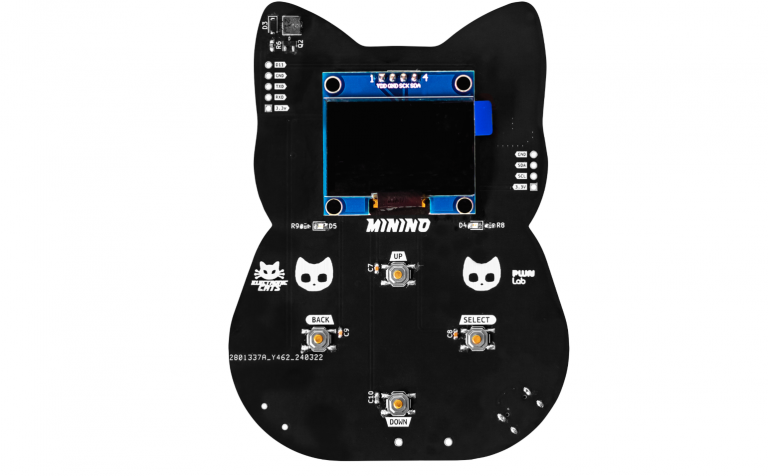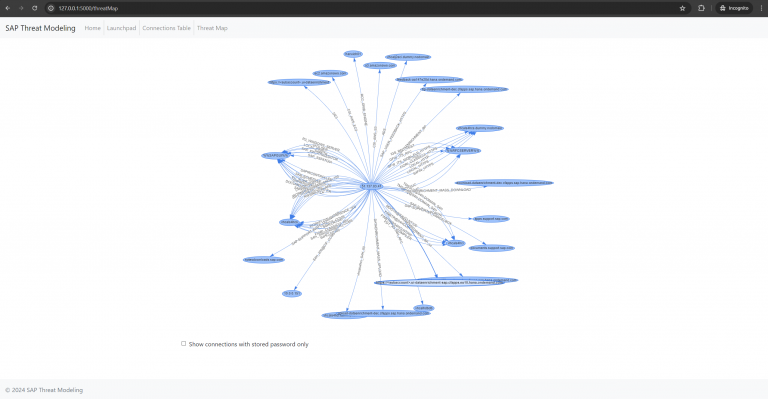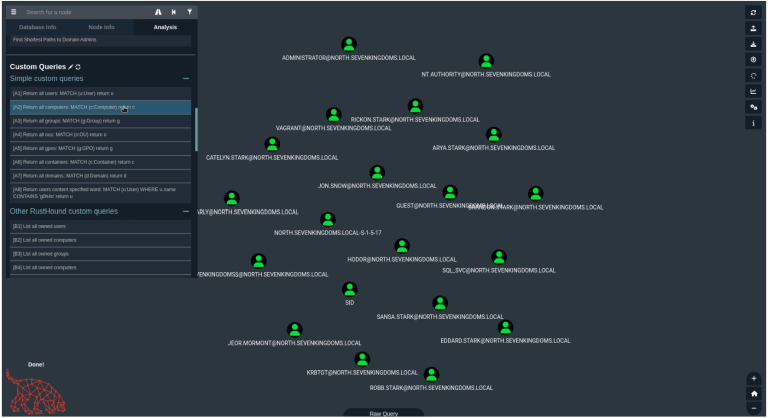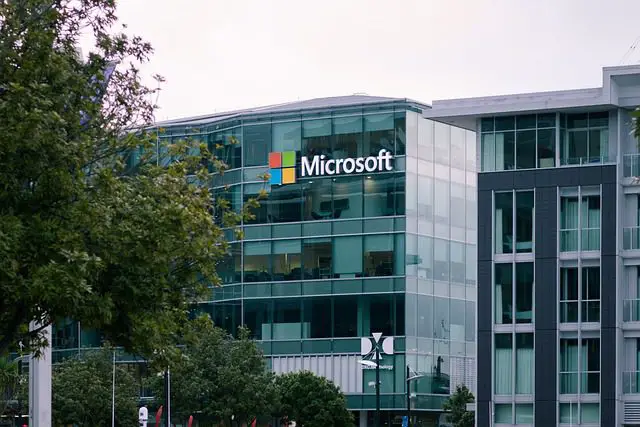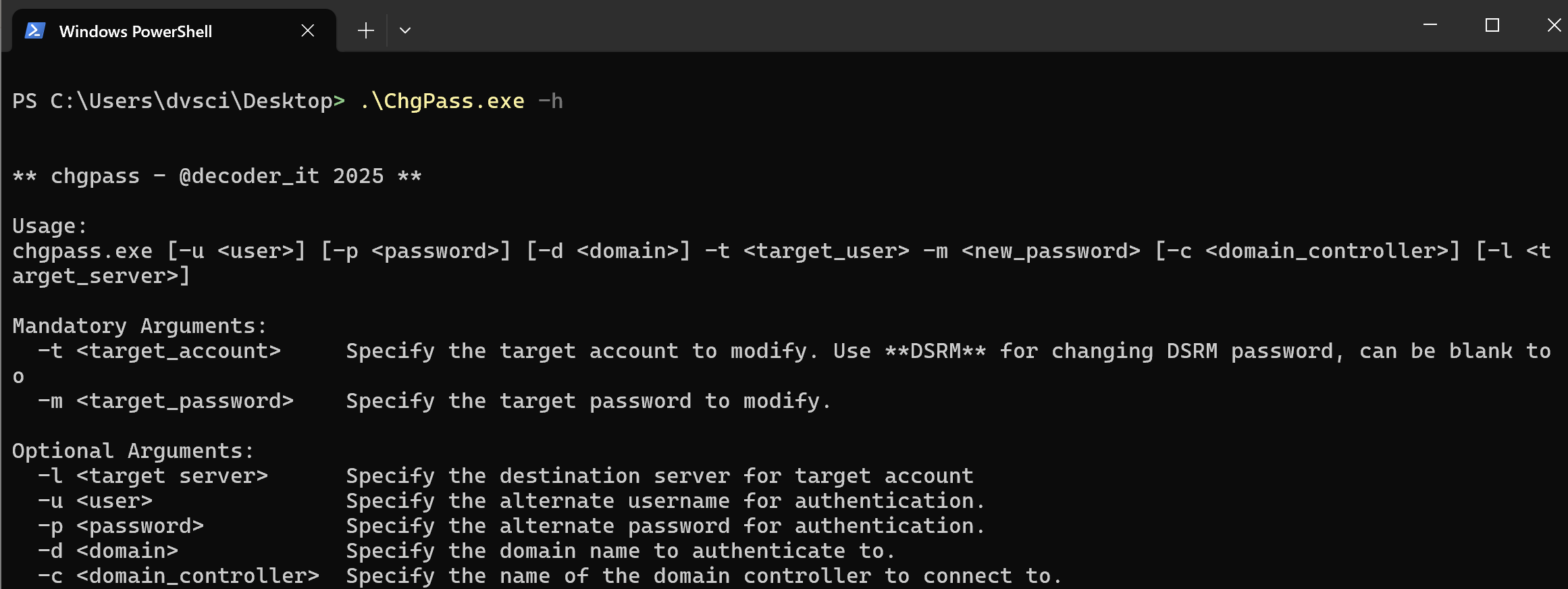
chgpass.exe is a Windows standalone executable tool that allows you to change the password of user/computer accounts in Active Directory (AD) via MS-SAMR protocol.
This tool can be used when you have the necessary permissions on the objects but need a simple way to set passwords using a standalone exe command line.
Use
To get the help message and list of arguments, run the following command:

Mandatory Arguments:
-
-t <target_account>
Specify the target account whose password you want to modify. If you want to cnage the DSRM password specify**DSRM**(case sensitive) as target_account -
-m <new_password>
Specify the new password for the target account.
Optional Arguments:
-
-u <user>
Specify the username for authentication (if different from the current user). -
-p <password>
Specify the password for authentication. -
-d <domain>
Specify the domain to authenticate to. -
-c <domain_controller>
Specify the name of the domain controller to connect to. -
-l <server>
Specify the name of the server to connect to.
Example Usage
To change the password of a target user target_account using an alternate account:
chgpass.exe -t target_user -m newpassword123 -u admin -p adminpassword -d mydomain.local -c dc1.mydomain.local
In this example:
- The username for authentication is
admin. - The password for authentication is
adminpassword. - The domain to connect to is
mydomain.local. - The domain controller to connect to is
dc1.mydomain.local. - The target account
target_userwill have their password changed tonewpassword123.
To change the password of a local account of a remote domain joined machine:
chgpass.exe -t localuser1 -m Superp@ss! -l remoteserver
To change the password of a local account of a remote domain joined machine from a non domain joined machine:
chgpass.exe -t localuser1 -m newpassword123 -u admin -p adminpassword -d mydomain.local -c dc1.mydomain.local -l remoteserver
To change the password of DSRM mode, which is the local administrator account on the Domain Controllers stored in local SAM:
chgpass.exe -t **DSRM** -m "" -u admin -p adminpassword -d mydomain.local -c dc1.mydomain.local
In this case the DSRM password will be set to empty as the password valdiation criteria are skipped 😉
